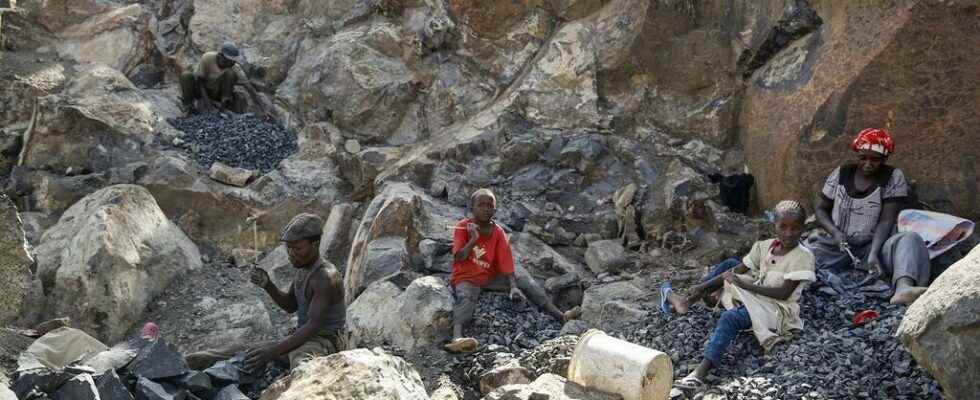Meeting in Durban, South Africa for a week, delegates to the 5th World Conference on Child Labor reached an agreement this Friday, May 20, to eliminate this practice by 2025, while the Covid-19 pandemic undermined the progress made so far.
The figures are constantly increasing: 160 million children in the world are forced to work. And 60% of them are in Africa. At the opening of the summiton Sunday May 15, South African President Cyril Ramaphosa had called on delegates to take actions of “ huge proportion to respond to the emergency. The 2025 deadline for UN Sustainable Development Goalsfor the elimination of child labor, approach.
After several days of debates and observations on the excesses linked to child labor, the Durban declaration lists a string of actions to be applied, with in particular 49 measures ” immediate “, according to the terms of this declaration.
Among these measures, it is a question of making an effort to eliminate the ” worst forms of child labor “, of ” establish a minimum wage “, of ” redouble efforts to formalize the informal economy », of « intensify efforts to prevent and combat forced labor “, of ” end child labor in agriculture “, and above all to ensure that “ keep children in school “.
For this, this declaration recommends to “ develop school infrastructure and security in rural areas, or to recruit qualified teachers. After the declarations of principles, it remains to be seen whether these recommendations are achievable in such a short time. It is not easy to achieve these objectives in a context where the informal sector is still predominant.
“The situation is aggravated by crises, those created by humans and by nature. There is a causal relationship between child labor and climate change. »
World Conference on Child Labor in Durban: the analysis of Joni Toko Musabayana
